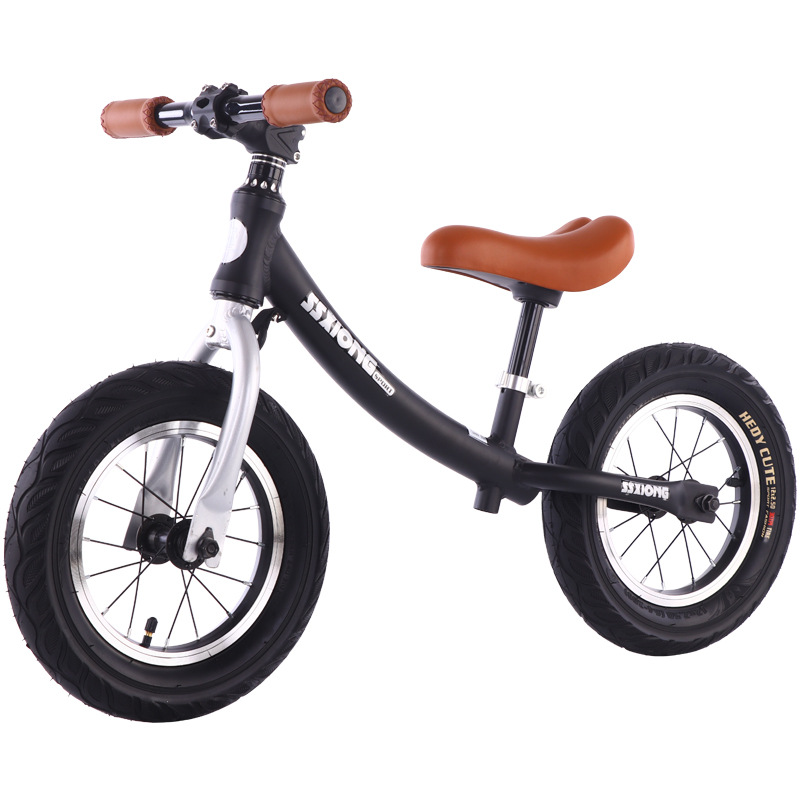Best Kids Bikes for Boys Adventure and Fun in 2023
Finding the Perfect Boys' Kid Bikes A Guide for Parents
When it comes to choosing the right bike for boys, parents face an array of options. From colors and designs to sizes and accessories, the world of children's bicycles can be overwhelming. This guide is meant to help you understand the key factors in selecting the perfect bike for your kid while ensuring they enjoy their ride safely and comfortably.
Understanding the Basics of Boys' Kid Bikes
Boys' kid bikes come in various styles and sizes, tailored to different age groups and skill levels. Generally, bikes are categorized by wheel size, which is an essential factor to consider. The common wheel sizes for children's bikes are 12, 14, 16, 18, 20, and 24 inches. Here’s a quick breakdown of which size might be suitable based on your child's age
- 12 inches Typically for children aged 2 to 4 years, ideal for toddlers who are just starting to learn how to balance. - 14 inches Suitable for 3 to 5-year-olds. These bikes often come with training wheels, helping kids gain confidence. - 16 inches Best for kids aged 4 to 6 years, perfect for those who are ready to transition from training wheels. - 18 inches Targeted at ages 5 to 7, this size is great for kids developing their riding skills. - 20 inches Designed for 6 to 8-year-olds, these bikes are usually lightweight, making them easier to handle. - 24 inches Recommended for kids aged 8 and above, often for more experienced riders.
Key Features to Consider
1. Frame Material The frame of the bike is crucial for its durability and performance. Aluminum frames are lightweight and resistant to rust, making them a popular choice. Steel frames, while heavier, offer more strength and are often more affordable.
2. Brakes Safety is paramount when it comes to biking. Look for bikes that feature both hand brakes and coaster brakes. Hand brakes allow for more controlled stopping, while coaster brakes let kids stop by pedaling backward, which is easier for younger children.
3. Gearing System Depending on your child's skill level and route, consider bikes with various gearing options. Single-speed bikes are great for beginners, while multi-speed bikes suit those who might venture into hilly areas.
boys' kid bikes

4. Weight of the Bike A lightweight bike is easier for kids to maneuver and ride. Generally, the bike should weigh no more than 30% of your child’s weight.
5. Adjustable Seat Height As children grow quickly, having a bike with an adjustable seat ensures that it can be used for more than one season. This adaptability can save you money in the long run.
Safety Gear and Accessories
Equipping your child with the right safety gear is just as important as choosing the right bike. A well-fitted helmet is essential and should meet safety standards. Other protective gear includes knee pads, elbow pads, and sturdy shoes. Additionally, consider adding accessories like a bell, reflectors, or a light, which can enhance visibility and safety during rides.
Encouraging Safe Riding Practices
Teaching your child safe riding practices is essential for fostering a love of biking. Here are a few tips
- Start Slow Encourage them to practice in safe, open areas like parks or driveways before tackling harder terrains. - Traffic Rules If they will be riding in areas with traffic, ensure they understand basic traffic rules and signals. - Supervision For younger children, always supervise their riding to ensure they are safe and abiding by riding regulations.
Conclusion
Choosing the right boys' kid bike involves considering several factors, including size, frame material, braking system, and safety gear. By taking the time to evaluate these aspects, you can find a bike that not only fits well but also allows your child to develop their riding skills safely. Remember, the goal is not just to buy a bike but to create countless memories of adventure, freedom, and fun on two wheels. So gear up, hit the road, and let your child's biking journey begin!
-
Three-Wheel Light-Up Scooter Benefits for KidsNewsJul.11,2025
-
The Importance of Helmet Safety When Using a Kids ScooterNewsJul.11,2025
-
Nurturing Early Mobility with an Infant ScooterNewsJul.11,2025
-
How to Choose the Safest Tricycle for KidsNewsJul.11,2025
-
Fixing a Squeaky Baby Push Tricycle in MinutesNewsJul.11,2025
-
Cleaning and Maintaining a Tricycle for Big KidNewsJul.11,2025
-
Unleash Fun and Safety with Our Premium Kids Scooter CollectionNewsJun.06,2025








